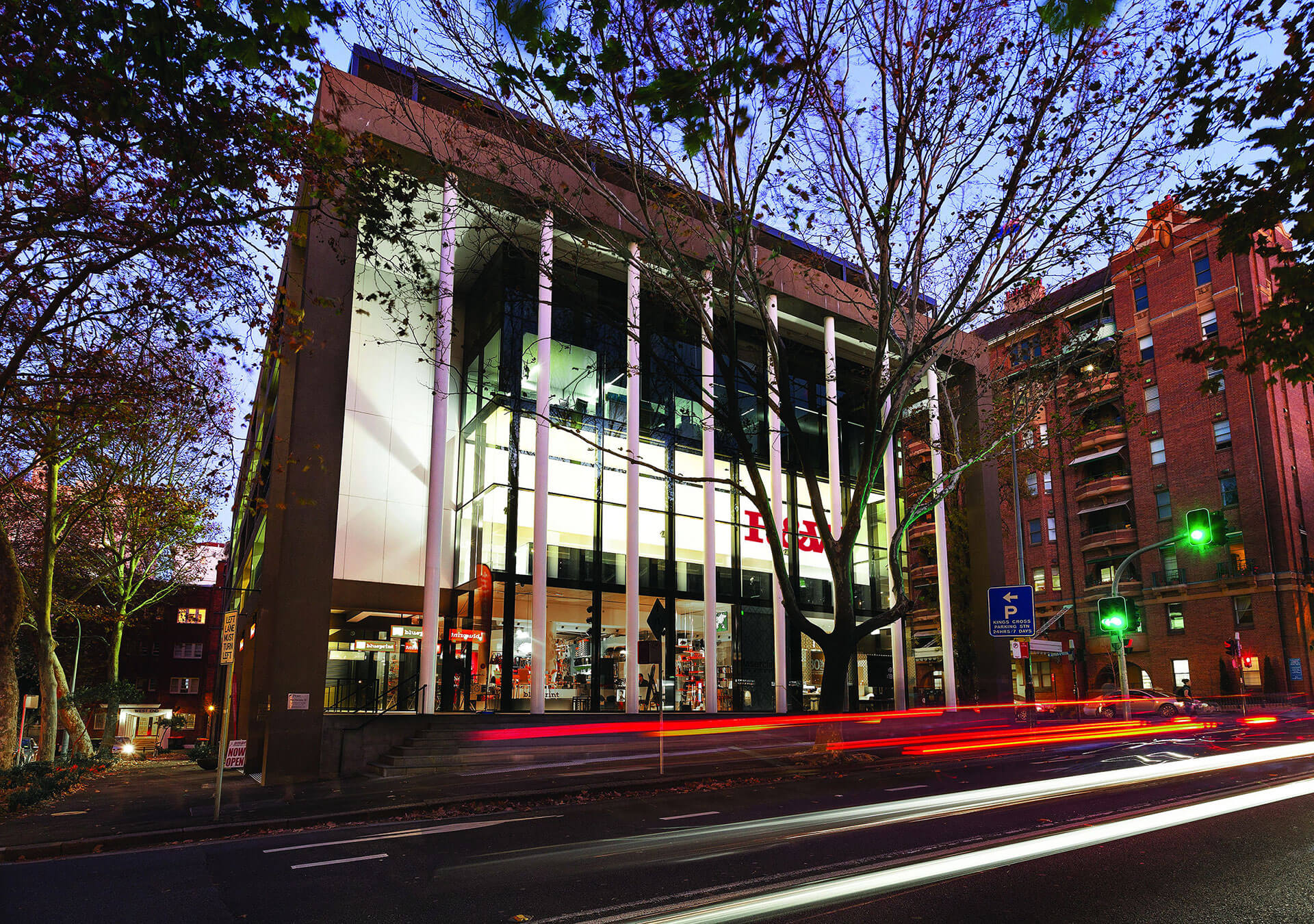KALOOLA

Kaloola, 2-4 St Neots Avenue Potts Point, was designed in 1927 by Claud Hamilton.
Apartment 3 is for sale by Angelo Bouras and Tonia Croft https://www.rwebay.com.au/7594475/
The origin of the building name is unknown although some northern NSW farms also share the name and may have an historical link with the original owner.
Claud Hamilton (1891-1943) was a well-known architect and inventor who was prolific in the 2011 postcode area. He designed 15 apartment blocks that are currently known. No other architect had such an influence on the area in terms of numbers of apartment blocks.
Hamilton was born in Campbelltown, a small town on the southern tip of the south island of New Zealand.
Apart from Kaloola he designed “St John’s Flats” (1916), 241 Darlinghurst Road, “Savoy” (1919), 10 Hardie Street, “Kenilworth” (1920), 18-22 Hardie Street, “Tennyson House” (1924), 1 Farrell Avenue, “Normandy” (1926), “Regent’s Court” (1929), 18 Springfield Avenue, “Versailles” (1929), 233 Darlinghurst Road, “Springfield Inn” (early 1930) now known as Mad Monkey’s Backpackers, 23 Darlinghurst Road, “Sandringham” (1935), 22 Springfield Avenue, “Byron Hall” (1928), 97 Macleay Street, “Wiringulla” (1927), 2 St Neot Avenue, “Lakemount” (1933), 46 Roslyn Gardens, and “The Tavern” (1940), 76 Elizabeth Bay Road.
He also built a large number of properties in Lithgow, the Blue Mountains and “Arawua” (1935), 6 Palm Beach Road named after the Awarua Plains, NZ, where he was raised.
His King Street offices must have been very busy.
He was described as a “reknowned architect of the day” yet today we know very little about him.
In 1927 he ran into financial complications and took legal action successfully settling a case for £137/10 owed to recover his costs against a real estate agent, Vincent Morgan, for work on a proposed block of apartments at Baden Street, Coogee.
But in 1940 Smith’s Weekly reported he owed money to Sydney Council, £50, and had failed to pay. Council petitioned for his bankruptcy in November 1940 and won the case. He was bankrupt.
On 22nd May 1943 the Sydney Morning Herald reported he had died, aged 52: “A Sydney architect, Mr. Claude Hamilton of Elizabeth Bay, died yesterday after a long illness. He was well-known as the inventor of a plastic cement building material and built a large number of houses at Lithgow of this material. Mr Hamilton supervised a number of constructions for Australian Consolidated Industries and designed and constructed a large number of flats at Kings Cross.
He is survived by Mrs. Hamilton, three daughters and a son.”
Kaloola incorporates a dramatic two-storey Oriel window which projects beyond the main facade over the arched entrance, allowing more light into the interior.
The interior has interesting ceiling mouldings, a bay window, mottled glass doors, an enclosed balcony and period cornices providing character to an already interesting building by an equally interesting architect.
By Andrew Woodhouse
Heritage Solutions





